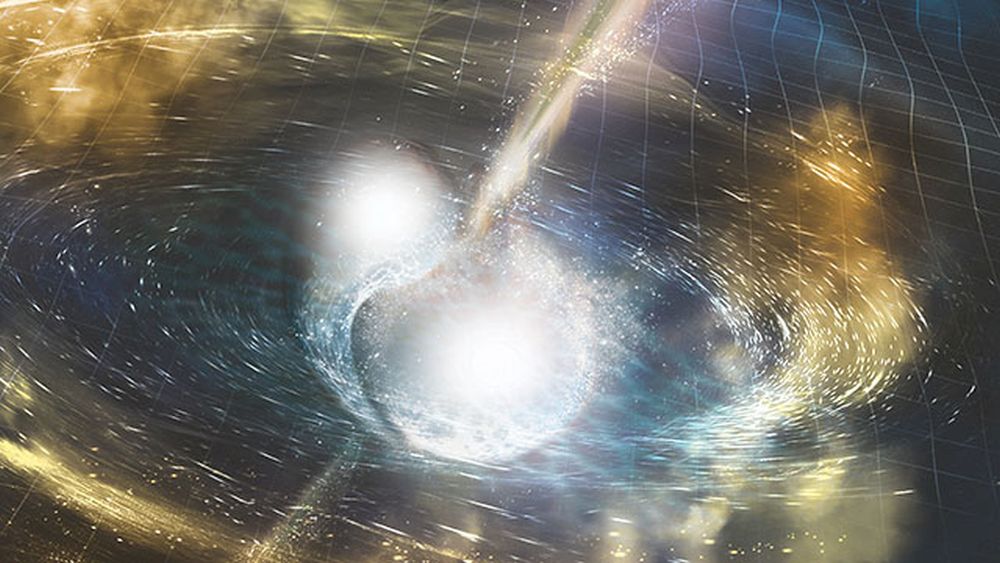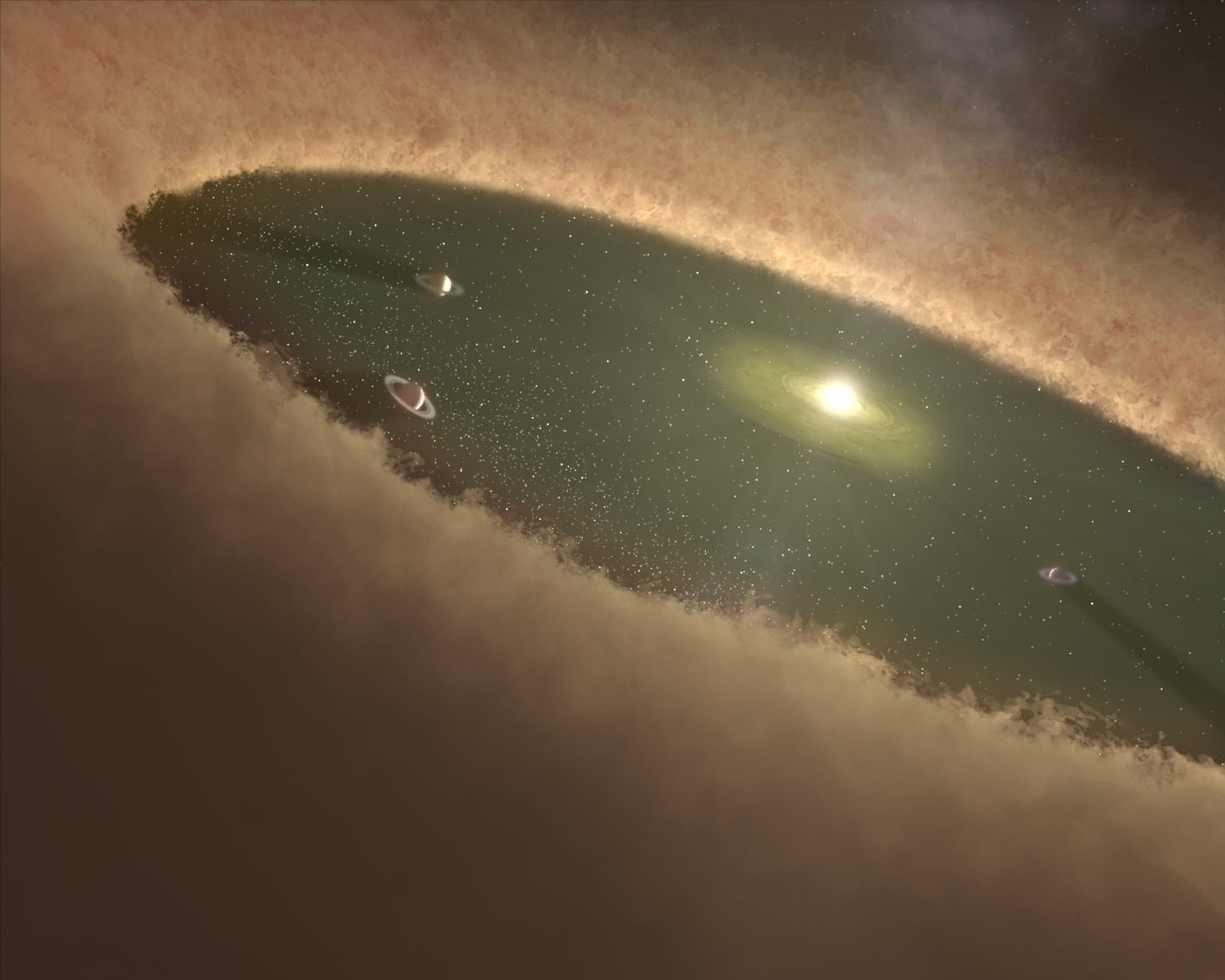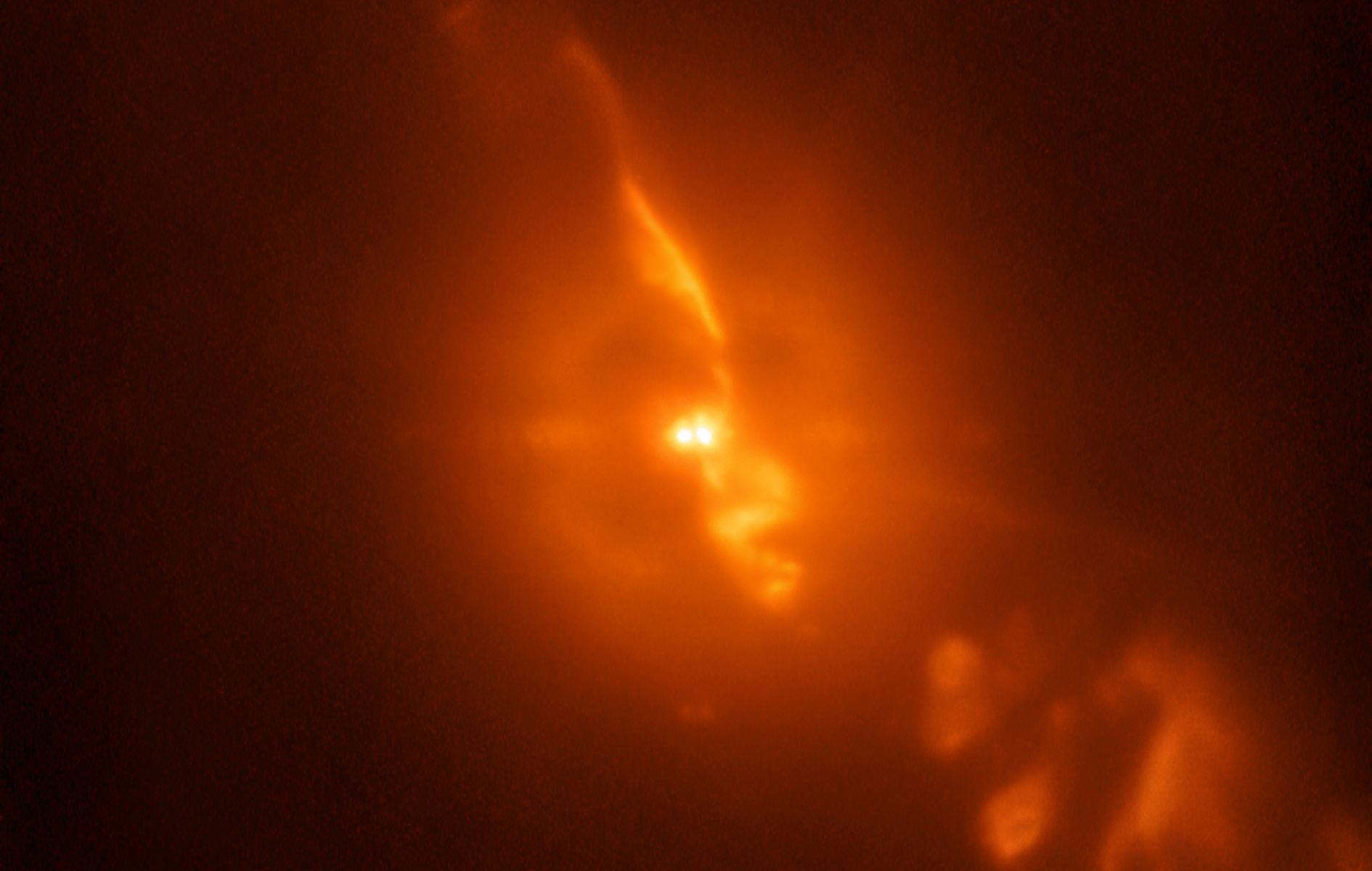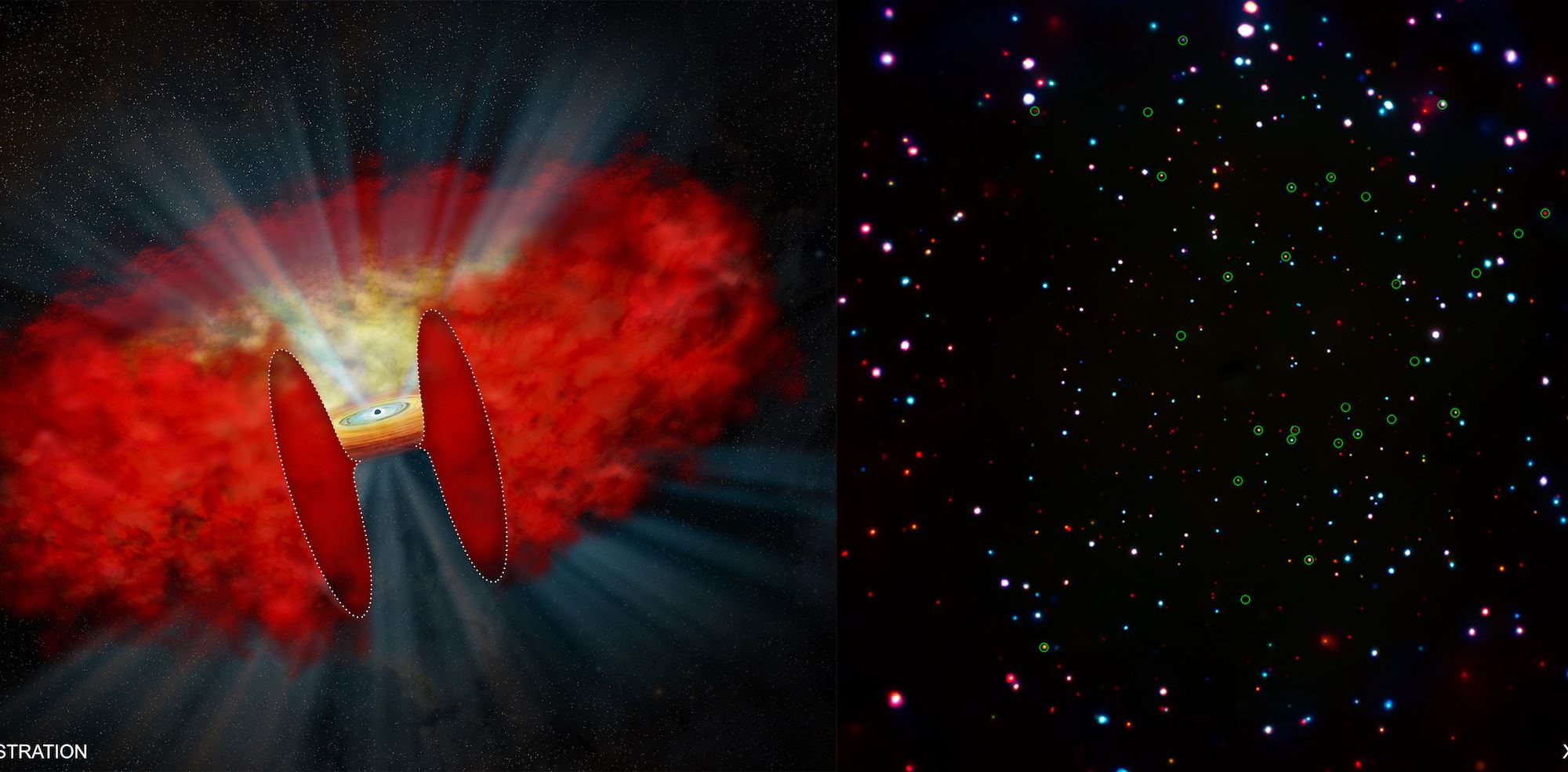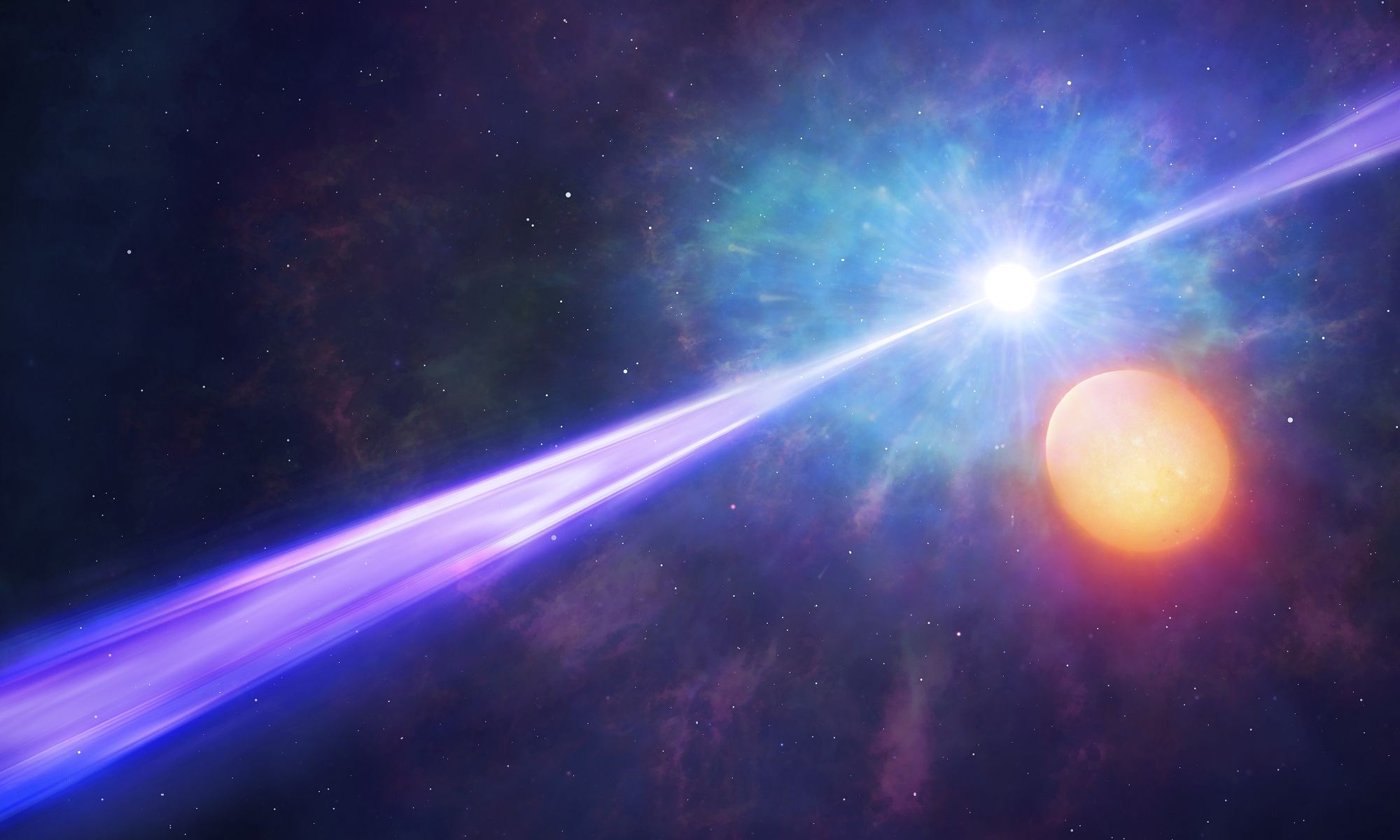Astronomers have found an extrasolar planet around a main sequence star. Which isn’t a big deal. With a radio telescope. Which is.
Continue reading “An exoplanet has been found for the first time using radio telescopes”An exoplanet has been found for the first time using radio telescopes


